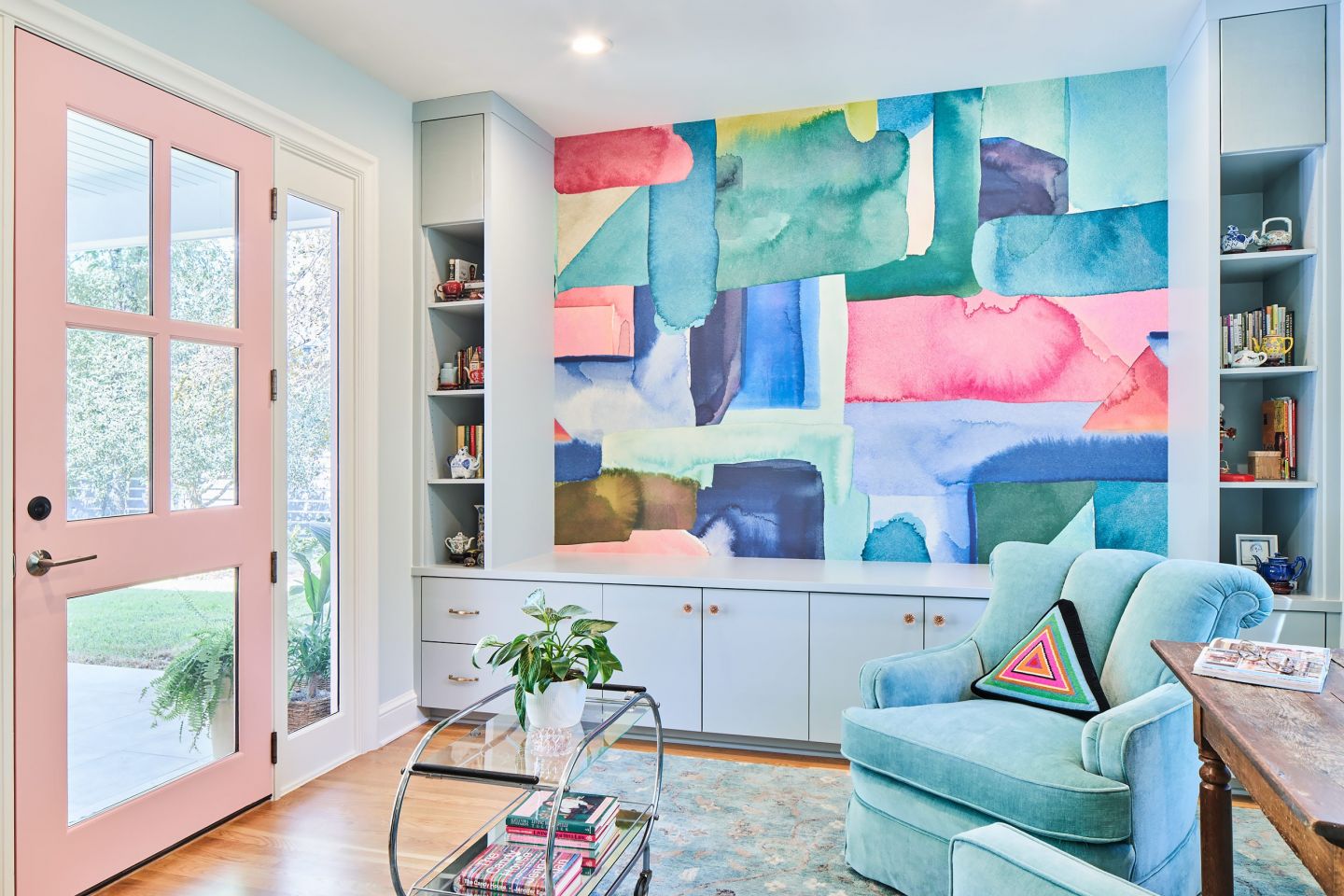
Although the idea of updating or reimagining your home is exciting, it can come with its own set of challenges and worries. Home renovation projects are not casual commitments; they take time, money, patience, coordination, and more. Before setting out on a home renovation, it’s important to do some prep work that can save you a world of frustration down the road. With over 65 years of experience in the world of home renovations, the CG&S Design-Build team members are experts when it comes to guiding clients through their projects. Keep reading to learn more about some of the key items we recommend before diving into creating your dream home.
Tip #1: Have an end goal in mind.
Before moving further into any sort of construction or renovation project, it's important to ask yourself a few vital questions:

Why do I want to renovate in the first place?
Though this question may seem obvious, many people don’t actually sit down and take the time to outline the reasons why they’re choosing to undergo a renovation. Are you looking to create a space that can become your forever home? Are you needing a home that is conducive to expanding your family? Whatever the reason may be, just be sure that reason is clearly defined.
What's not working in my current home?
It’s important to take note of what features your home currently has that you’re not loving. Ask yourself, what about my home isn't working with my lifestyle? Maybe you’re a gracious host with a large friend group and not enough seating space. Or perhaps you love your large bathroom, but not at the expense of your closet and storage space. Walking through and making a list of what needs to be changed, and why, can be extremely informative when it comes time to work with your designer and deciding on floor plans.
Tip #2: Have a budget discussion.
Before any design or construction is done on your home renovation, you should discuss what level of investment you are comfortable with. This doesn’t have to be an exact number, but it can be helpful to know what you’re ready, willing, and able to spend before the project begins. For example, deciding that you have between $150-200k to spend on your home can give you a benchmark to work from when discussing costs with the team. Then, the CG&S team can provide feedback based on your overall scope and needs.
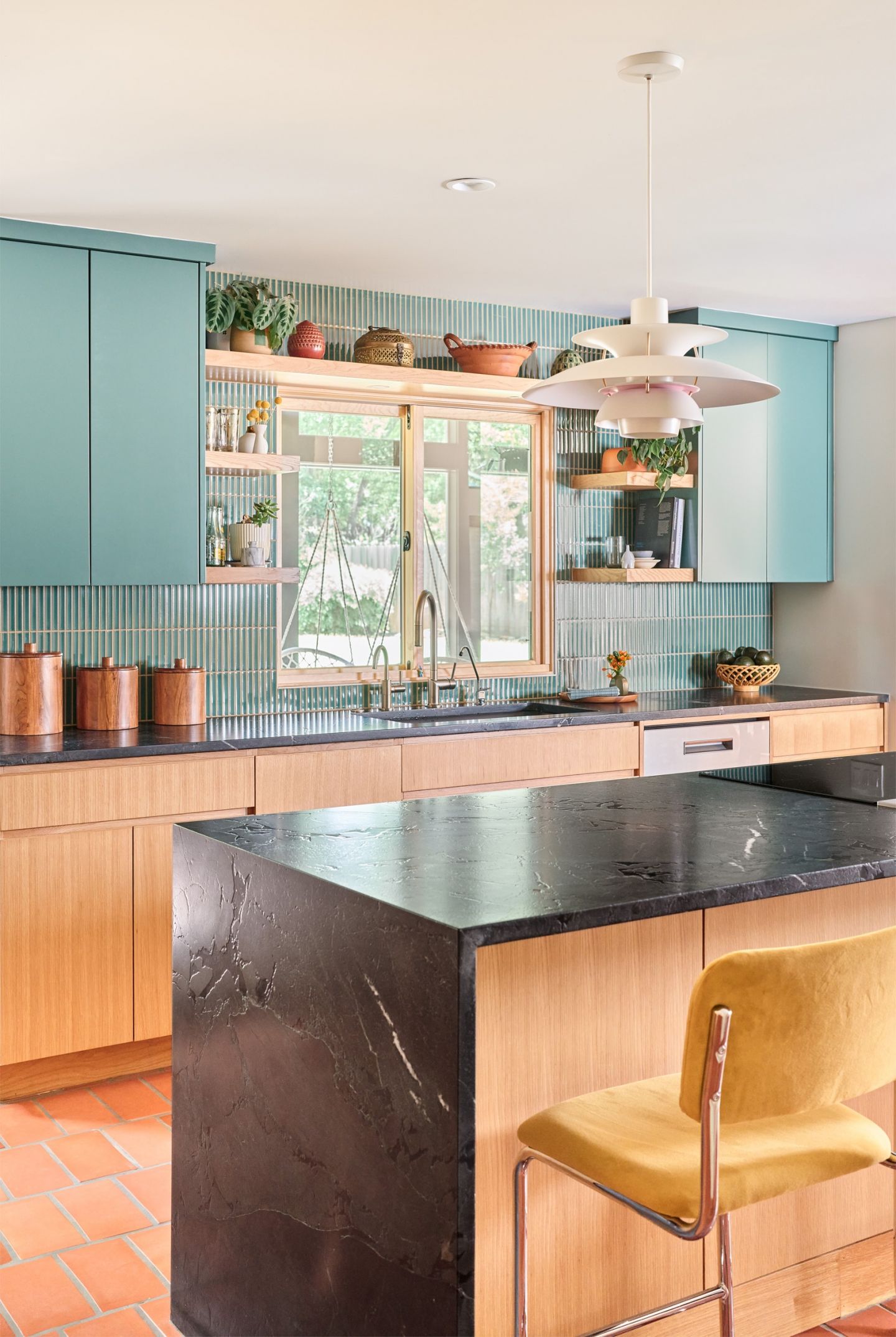
Recognize project realities.
Renovation projects are complex with a lot of moving parts and at times can be unpredictable, especially since you’re modifying a home with existing conditions. There may be unexpected costs that come up as the project progresses through design and construction. Be sure to allow for these when discussing budget so that you have some contingency funds if things don’t go exactly according to plan.
Another part of maintaining a realistic mindset is aligning your renovation changes with the budget you established. Understand that your budget may not cover the amount of alterations you’d ideally like to make. In these situations, talk to your designer about ways to make changes that can satisfy your top priorities while still staying within budget.
If you decide to work with a design-build firm like CG&S, we work with our clients to help them set a budget that is realistic while still enabling them to achieve their design vision. And if there’s ever a need for a budget adjustment or unexpected costs arise, CG&S makes sure that you’re the first to know, so you’re never dealing with unexpected surprises.
Tip #3: Have a timeline discussion.
As shared before, home renovations can be unpredictable. This can be tough to reconcile, especially if you’re trying to have a project completed by a specific date. At CG&S, we work with our clients to prepare for this unpredictability by having them discuss a rough timeline with our team. This timeline gives you a “roadmap” to follow that still leaves some wiggle room for the ability to accommodate unforeseen circumstances.
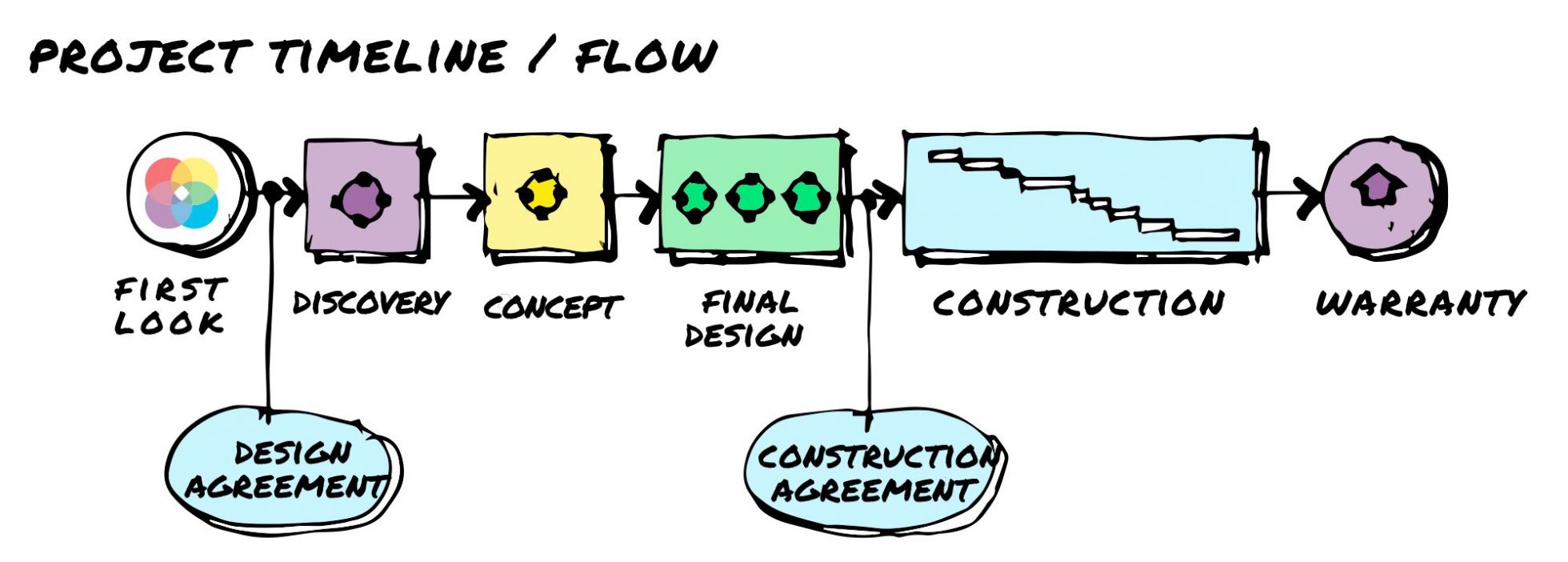
Tip #4: Do your homework.
One of the best ways to learn about the renovation process is to talk to people who have been in your situation before. If you have friends or family that have undergone a home renovation, take some time to sit down and talk with them about their experience. What were their project goals? Where did they draw inspiration from? What do they wish they’d known before starting their project? All of these questions can give you helpful insight into the planning process.

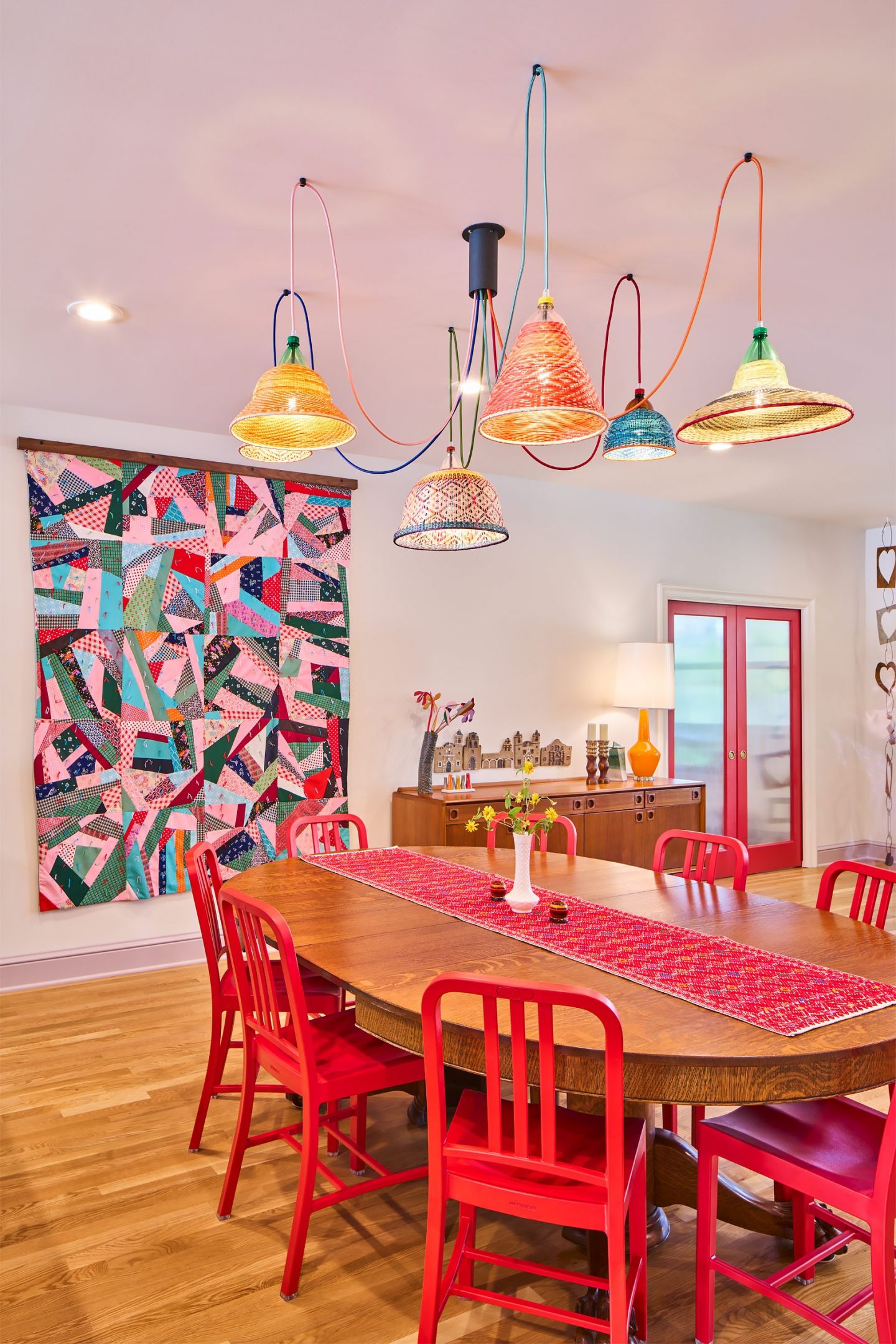
Tip #5: Gather inspiration!
This is the part that clients tend to get most excited about: gathering inspiration for their new space. Find home magazines that align with your design taste. Start flipping through to see how different homeowners utilize their space in unique and creative ways. Start building Pinterest boards dedicated to textures, materials, layouts, colors, and other design elements you’d like to potentially use in your project. Pinterest boards also act as a great way for the interior designers to interface with clients by creating and collaborating on shared boards, allowing for both parties’ ideas to be represented and minimizing the risk of miscommunication of creative vision.
You may also want to get some real-life inspiration by physically experiencing other homes through home tours, traveling, and visiting the homes of friends and family. Even just sitting and spending intentional time in the space you’re renovating can give you some creative insight into how you’d like your home to feel and look.
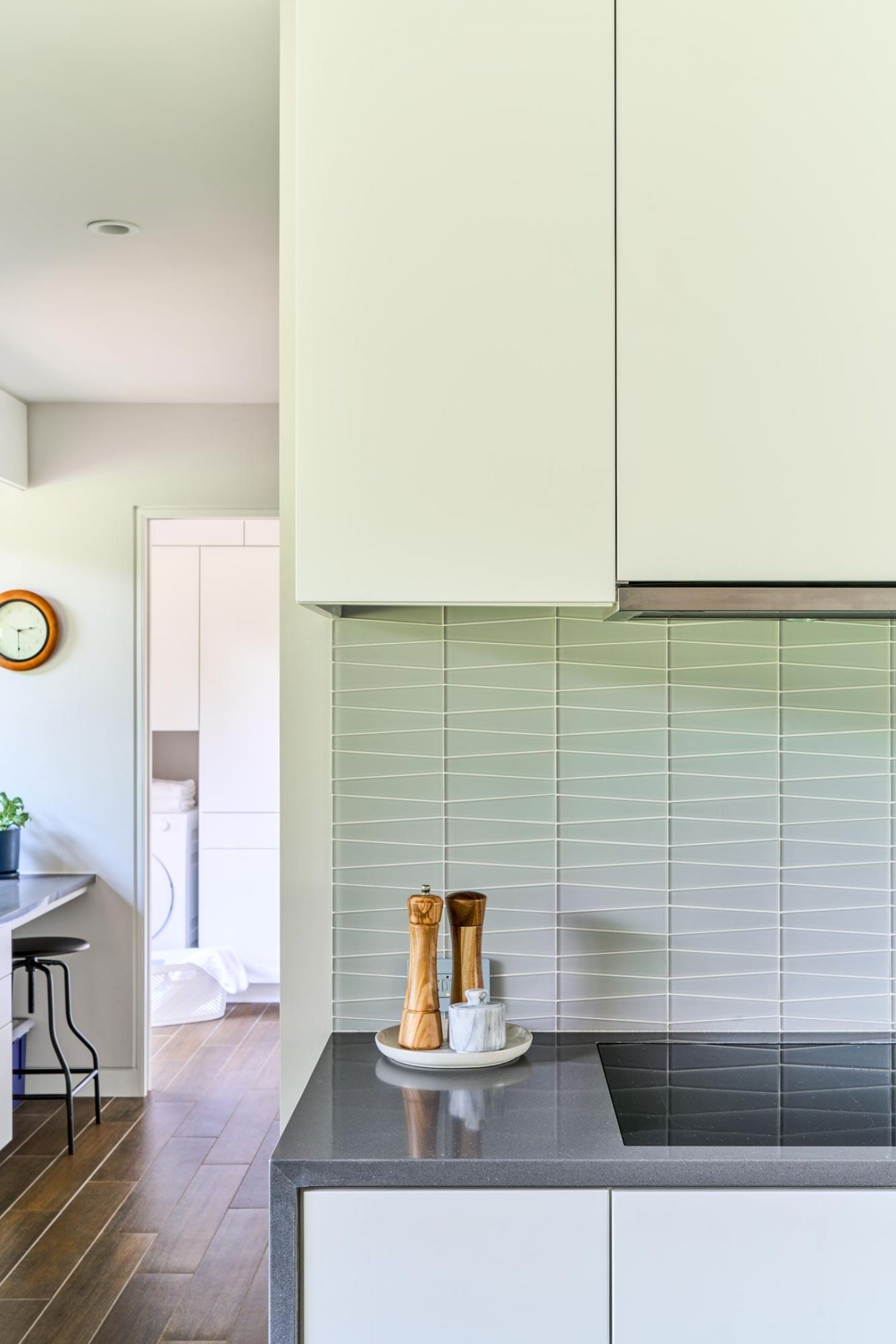
Learning how to articulate your ideas to the designer with well-researched inspiration will help you and your team align on the overall goals and desires you have so that you start on the same page together. In addition to being on the same page with your designer, it’s important to maintain open and honest communication between you and any other decision-makers that are involved. If your spouse or partner is also helping oversee the project, it’s crucial that you are both aligned on the needs and wants of your home so that neither person feels that their voice and opinions are being overlooked.
Remember, this is your home. It should be a sanctuary, a comfortable place, a place of rest and tranquility. When gathering inspiration, remember to stay true to your personal style and taste. Don’t feel obligated to incorporate certain design elements into your home just because they’re “popular” or “trendy.” Build a place that reflects who you are and makes you excited to come home every day.
Tip #6: Research project delivery options.
There are a number of ways to achieve a home renovation. That’s why it’s important to research your options thoroughly and talk with contractors, architects, builders, etc. Many clients want a guaranteed smooth process where they don’t need to worry about managing various designers and contractors, but instead get all their renovation services under one roof. In these cases, homeowners may choose to work with a design-build firm like CG&S, where they work with an in-house team of architects, interior designers, estimators, project managers, and craftsmen who all work together on the project.
Some homeowners opt for working with an architect to design their home layout and then work with a separate contractor to actually build the plans. For minor projects, clients may simply hire one or two contractors that specialize in one particular area of work.
No matter what you end up choosing, doing the research to find an established and highly regarded company is well worth the time. By selecting the right partner, you’ll have a trusted advisor and ally through the entire project.
Tip #7: Learn how to communicate with your project team.
When researching and selecting the team to help you renovate your home, make sure you align your communication styles. How does the firm and design team communicate? What level of communication is important to you? You will be working together for a long period of time and to prevent frustration or miscommunication, setting communication expectations with the team is vital.
Final Thoughts
While there’s obviously plenty more that goes into preparing for a renovation project we hope this guide is a strong starting point for anyone who’s looking to make a change in their space. By following the tips outlined above, you’ll be setting yourself up for a successful and (dare we say it) enjoyable home renovation experience.











